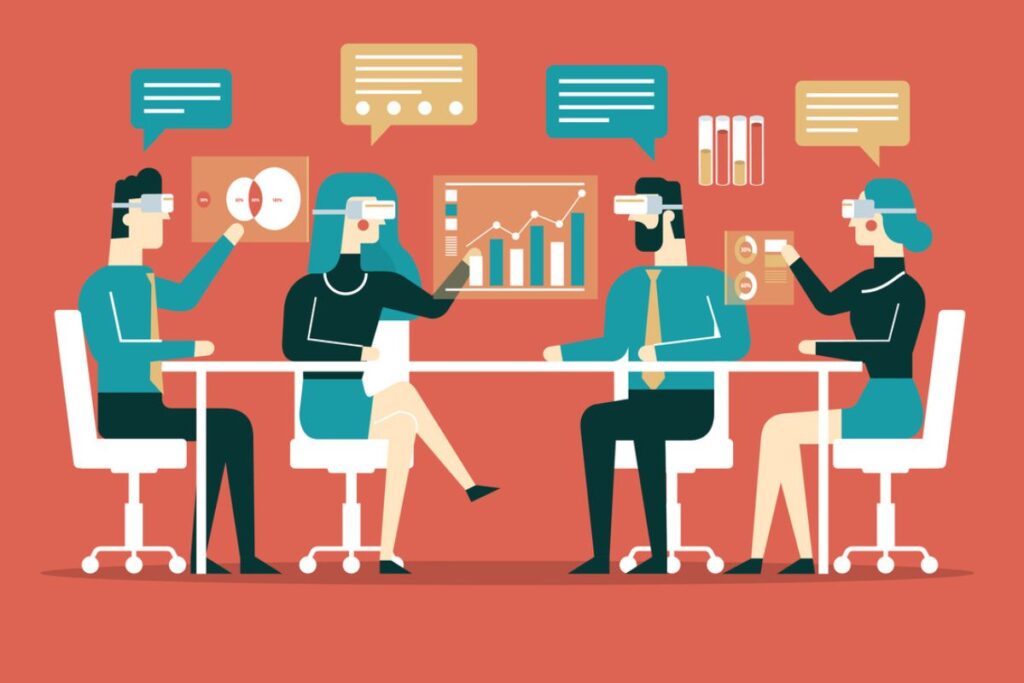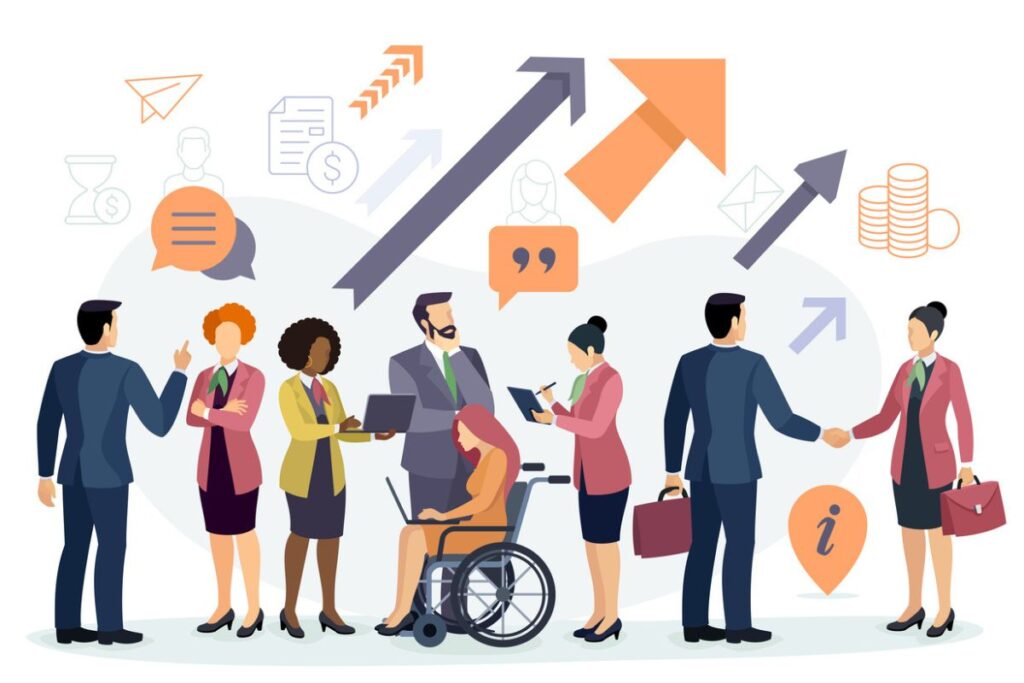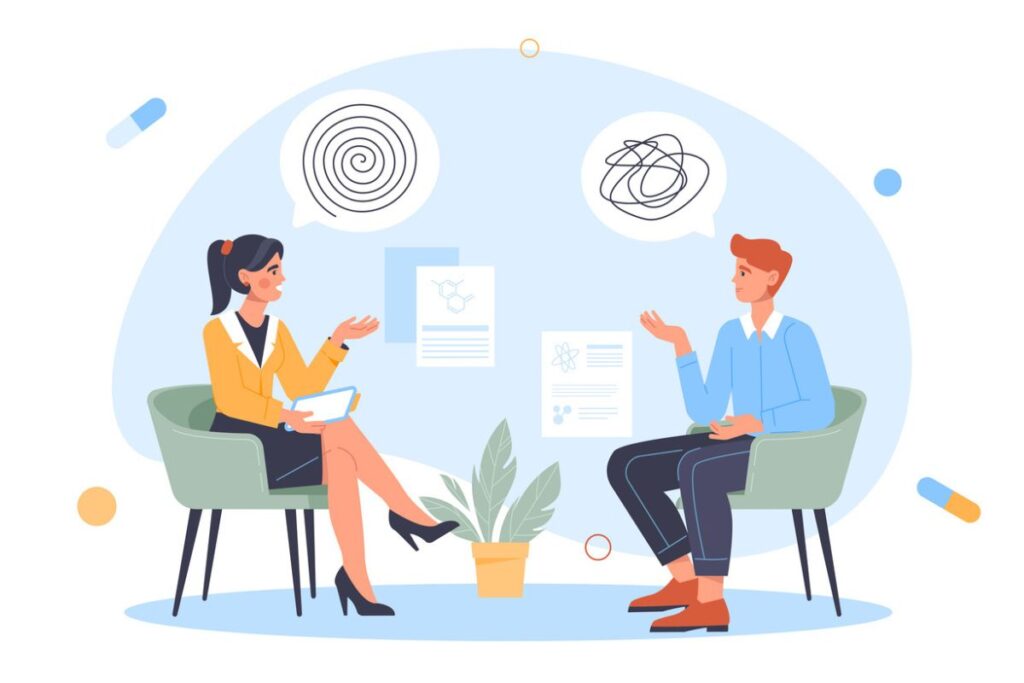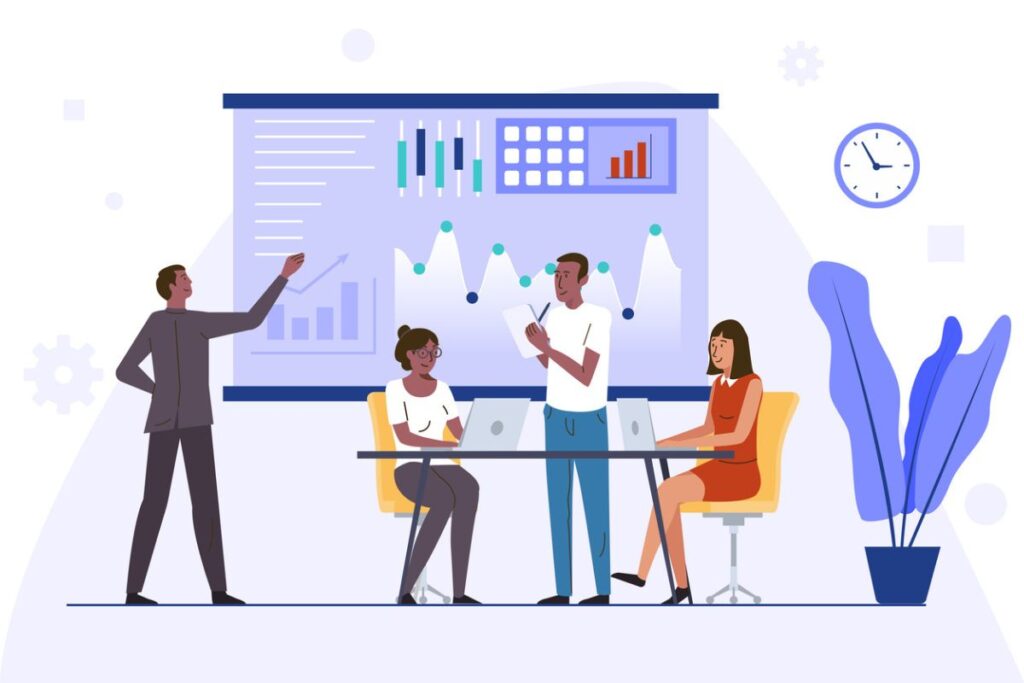Building Inclusive Learning Experiences for Every Team Member
Inclusive learning design starts by embedding representation at the core of every course, module, and resource. This approach acknowledges the multifaceted backgrounds, identities, and lived experiences present within any workforce. Instead of defaulting to generic scenarios, designers are intentional about selecting diverse case studies and relevant metaphors that reflect the makeup of their teams. Visuals, language, and stories must be relatable and authentic. This helps learners instantly recognize the training is for them.
Building Inclusive Learning Experiences for Every Team Member Read More »









